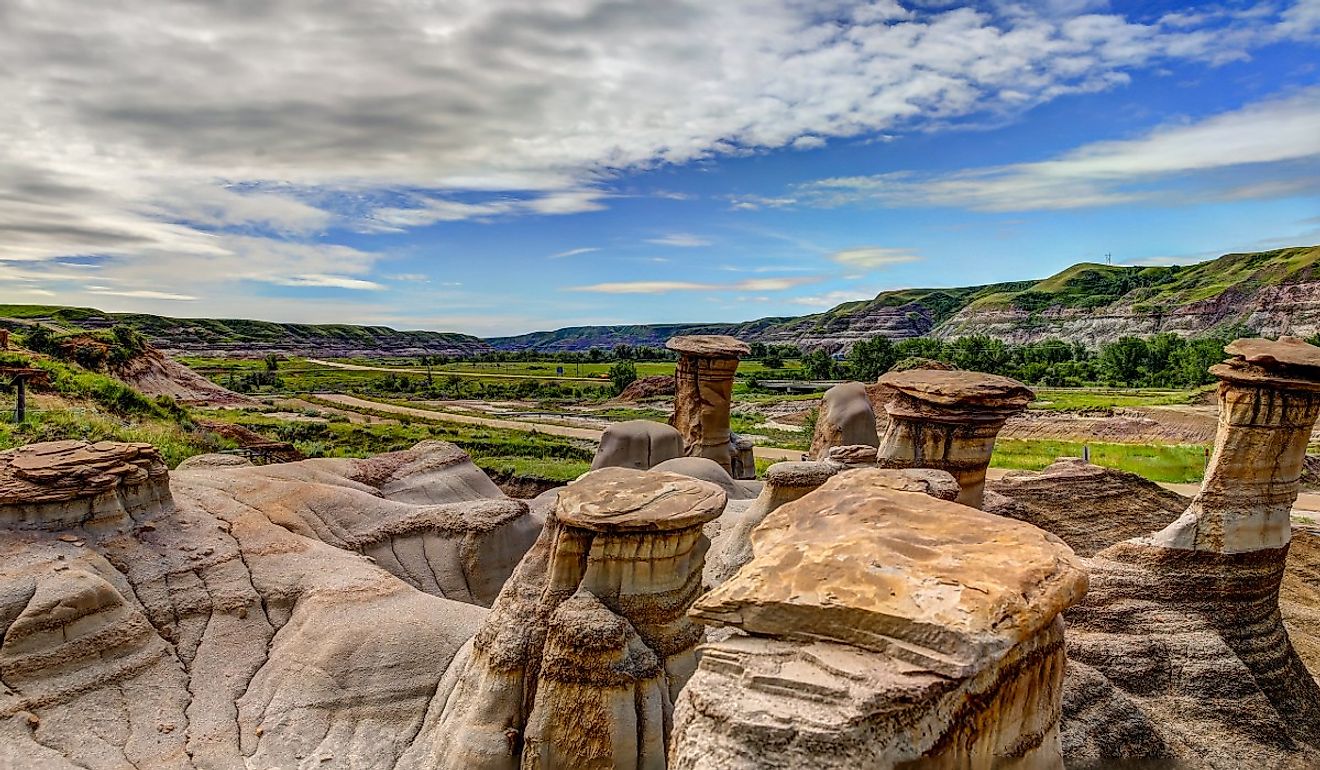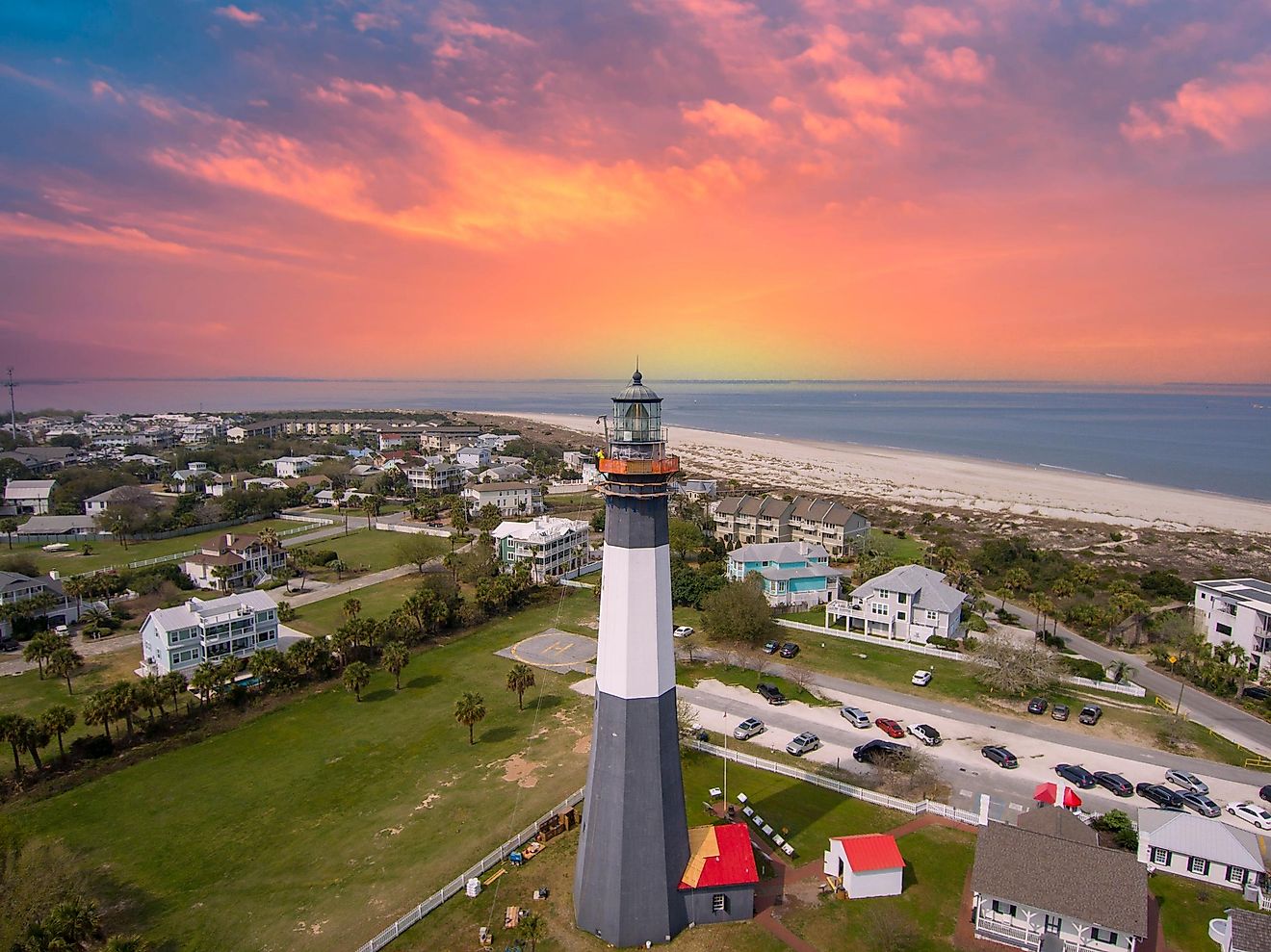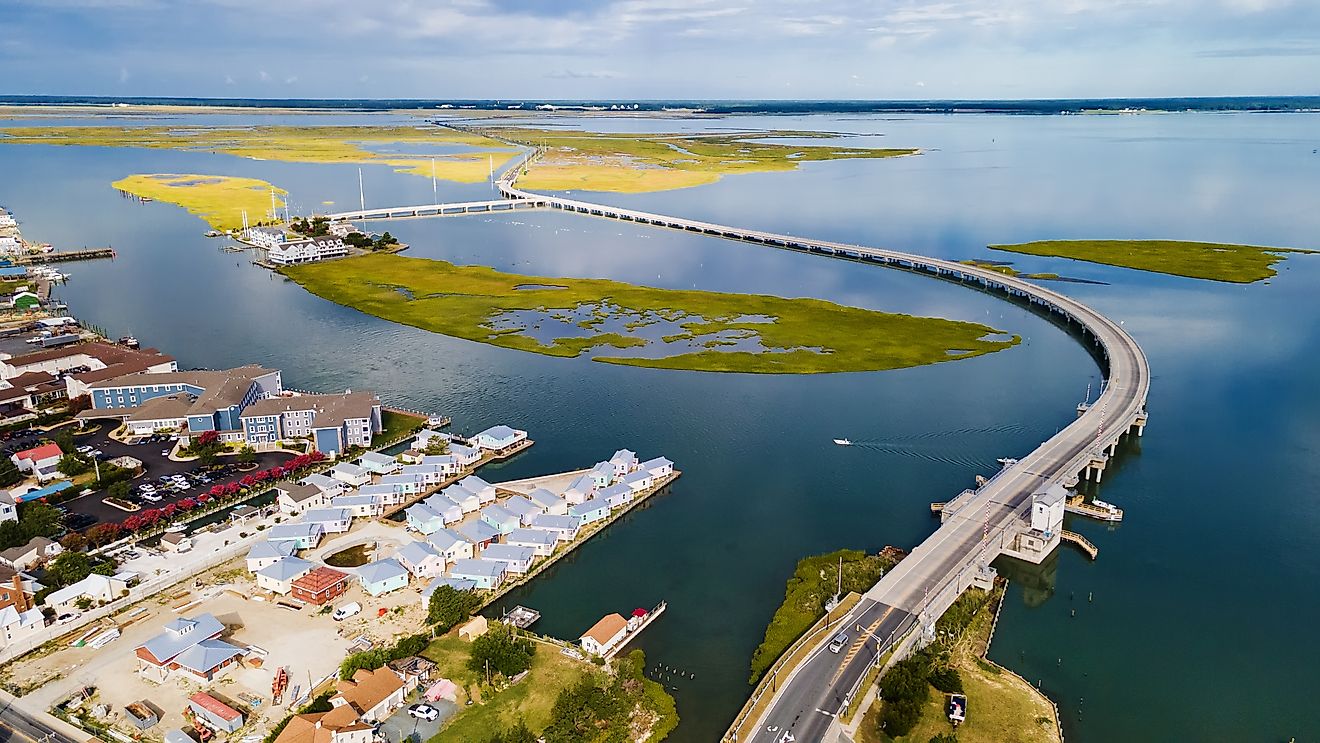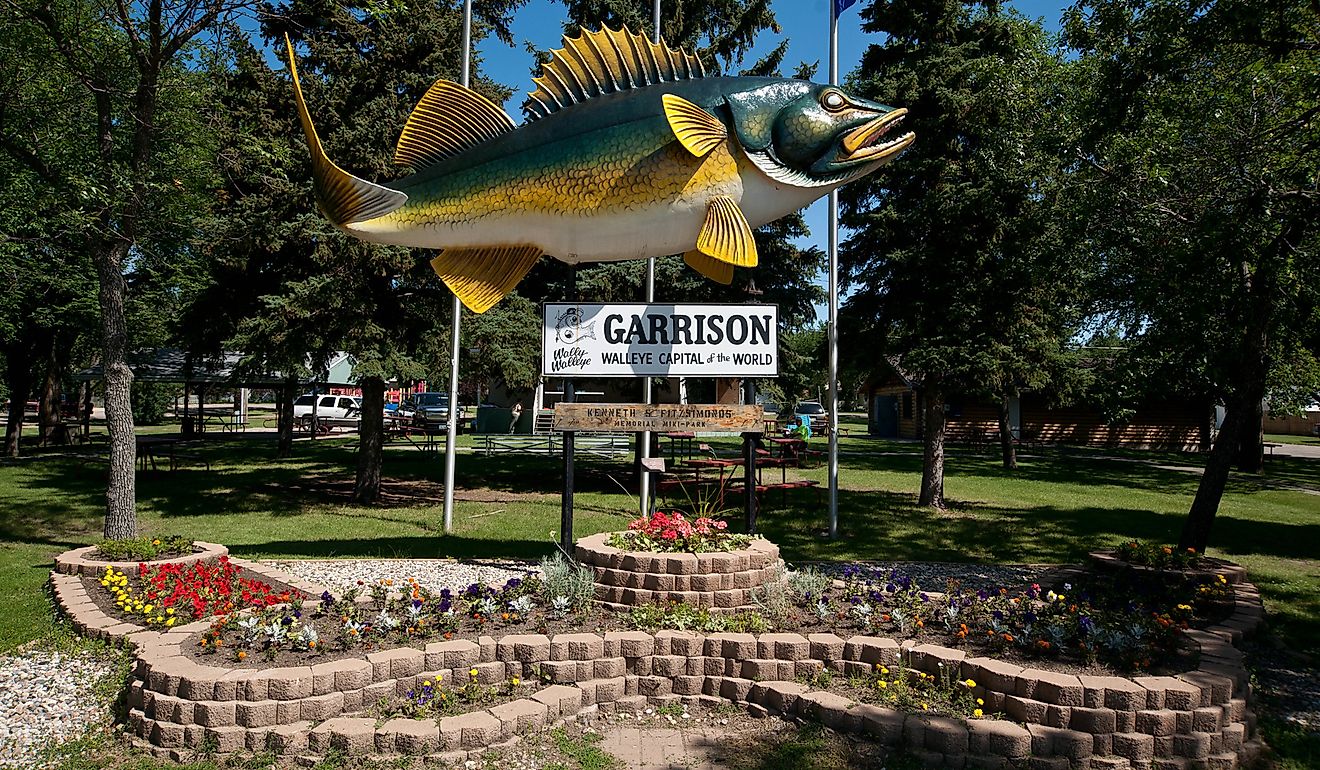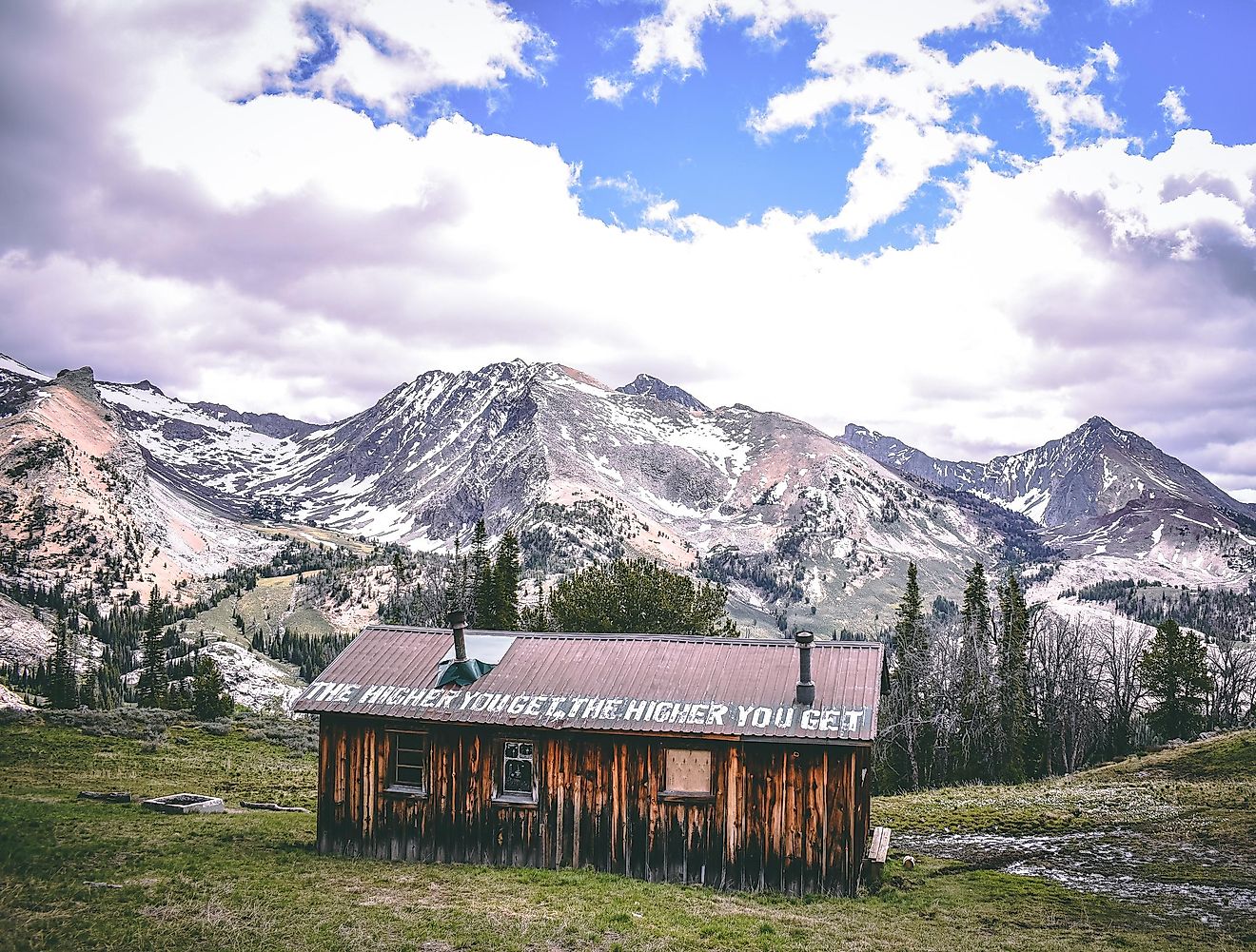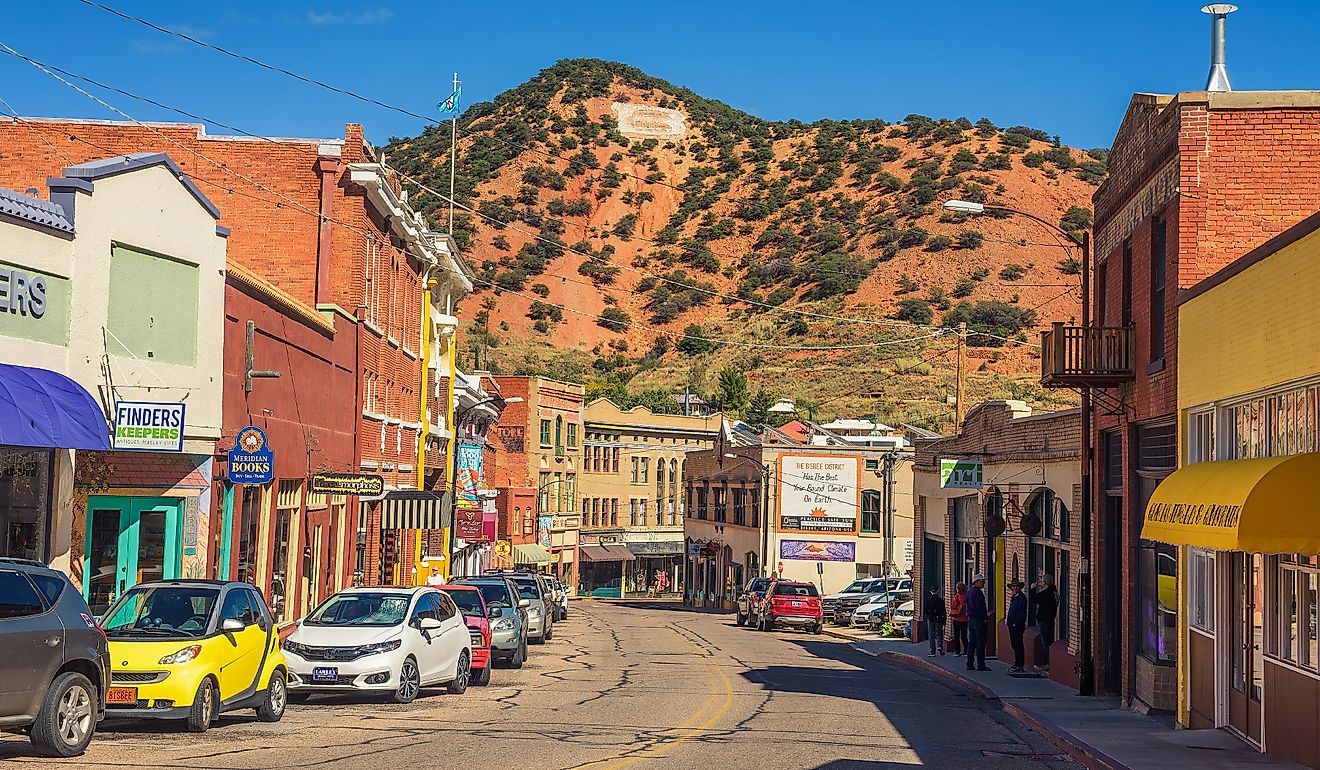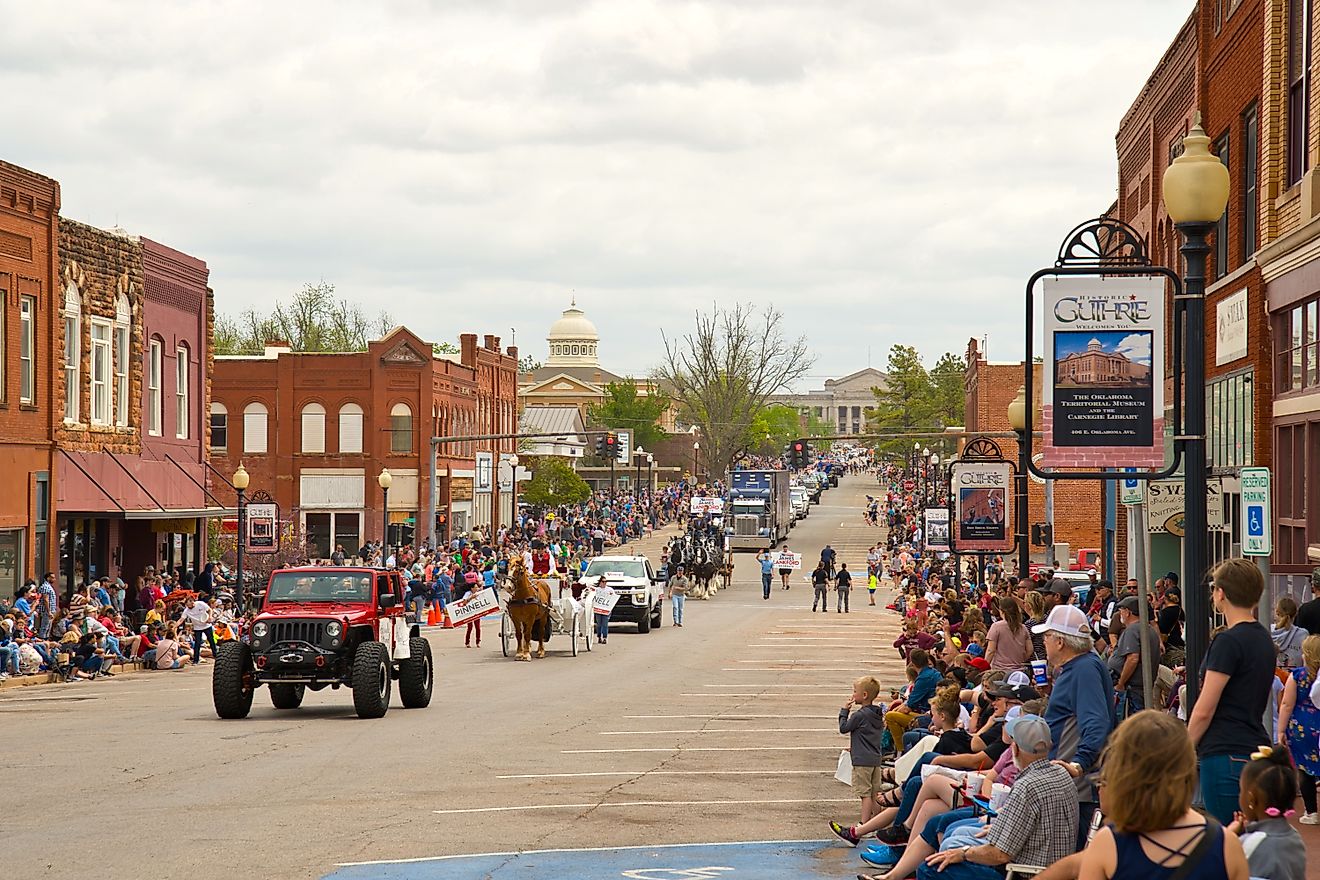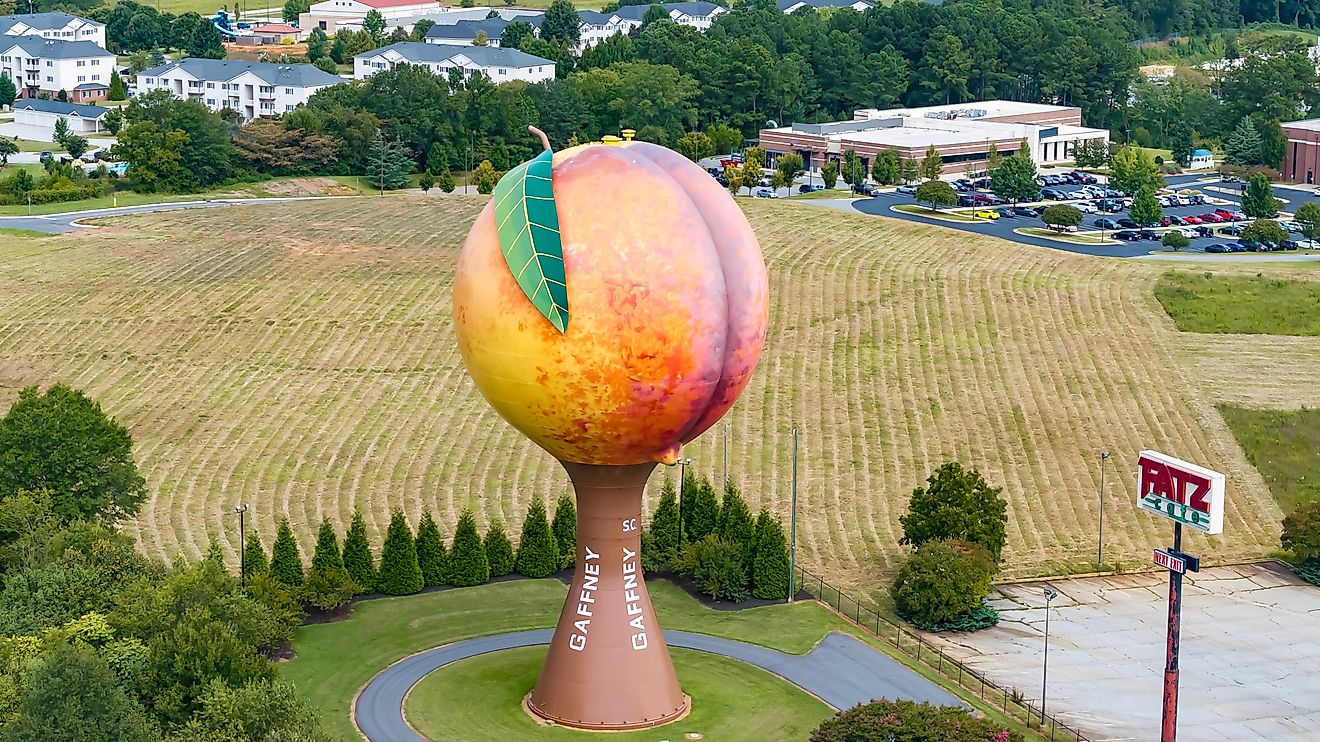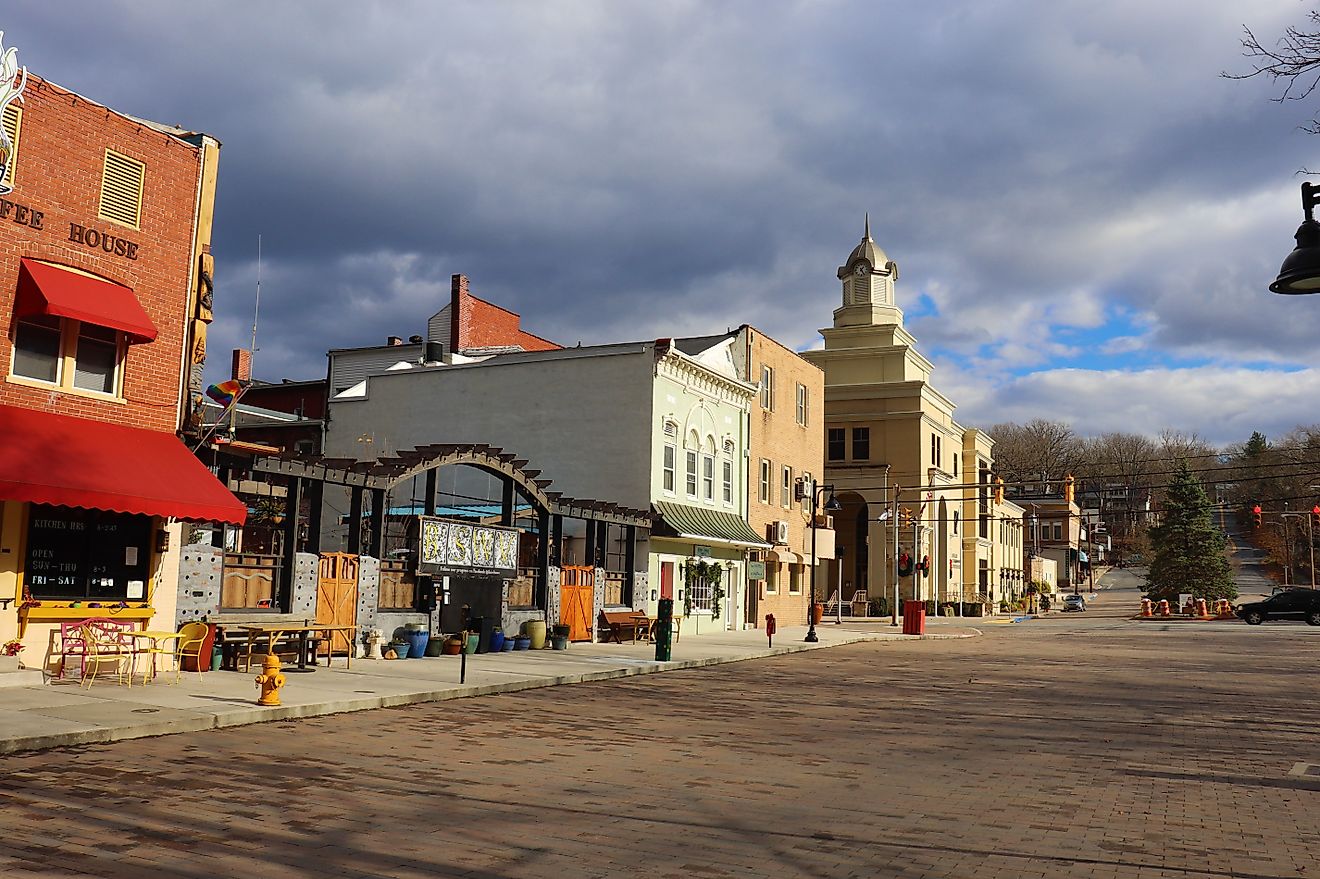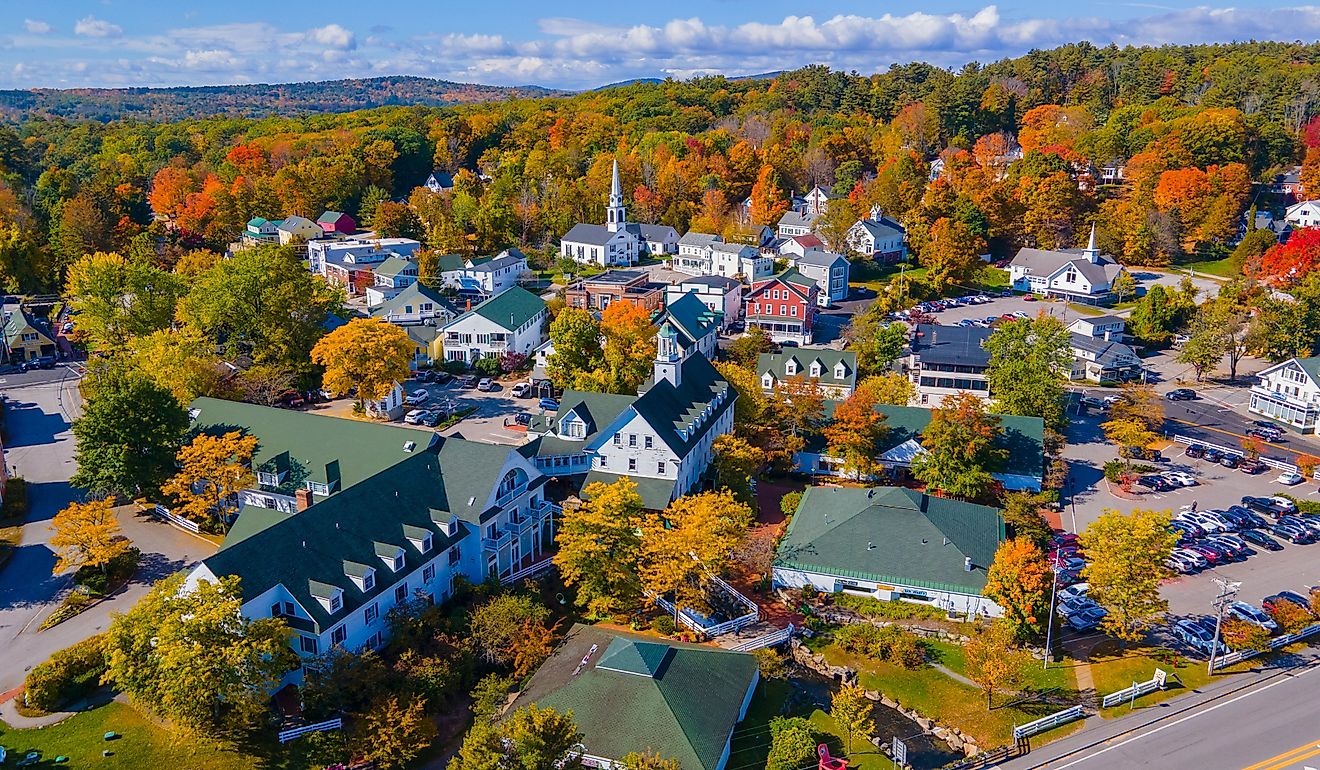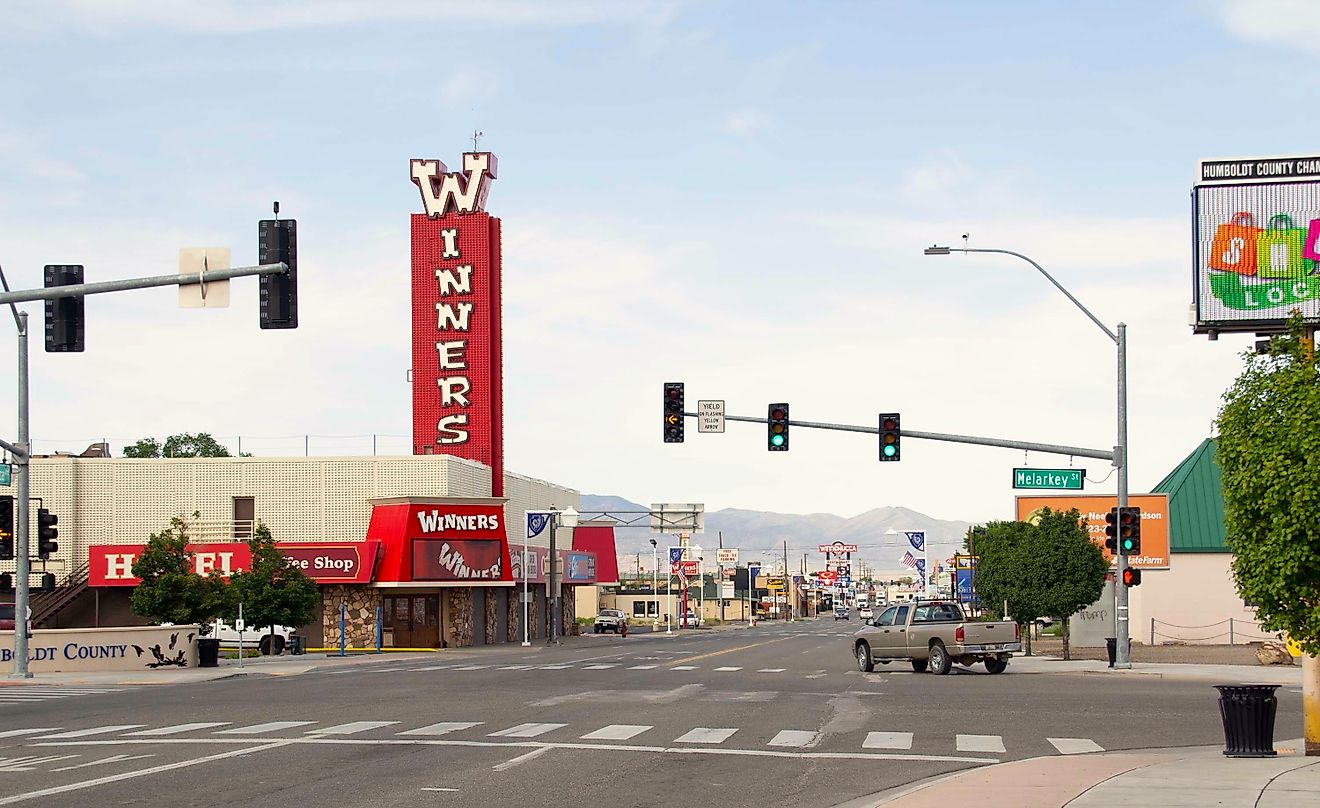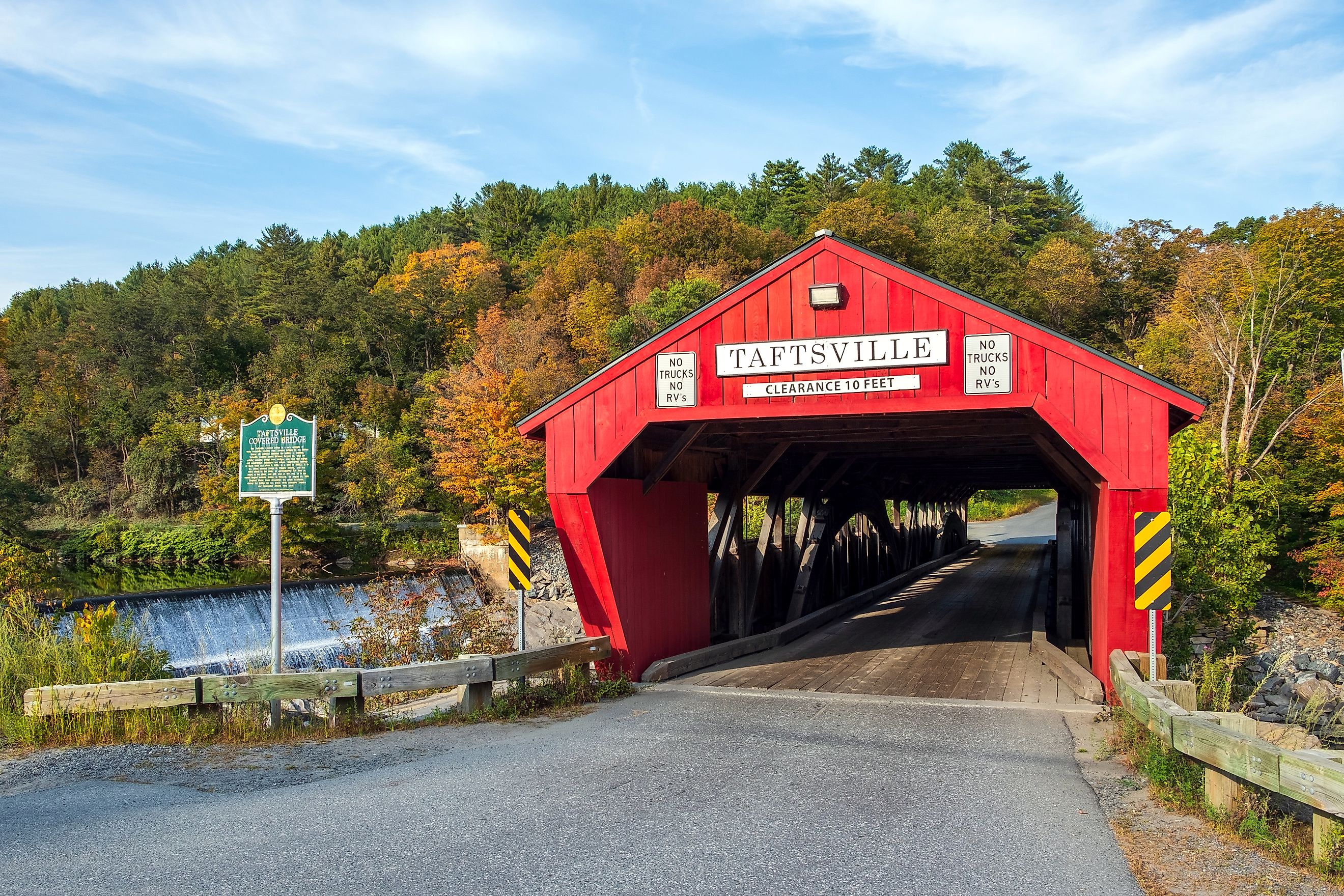
7 Hidden Historical Towns In Vermont
Vermont’s story starts with conflict, independence and bold ideas. Before it became the 14th state in 1791, it was its own republic. The split from the surrounding colonies came after years of dispute between New York and New Hampshire, both of which claimed ownership of the land. Frustrated locals, supported by groups like the Green Mountain Boys, declared independence and chose to govern themselves. While they would gradually join the union, that independent spirit remains today. In small towns across Vermont, old roads, stone homes, mills, and meeting houses continue to tell the state’s unique, independent story. So read on to learn about seven hidden historical towns in Vermont.
Old Bennington
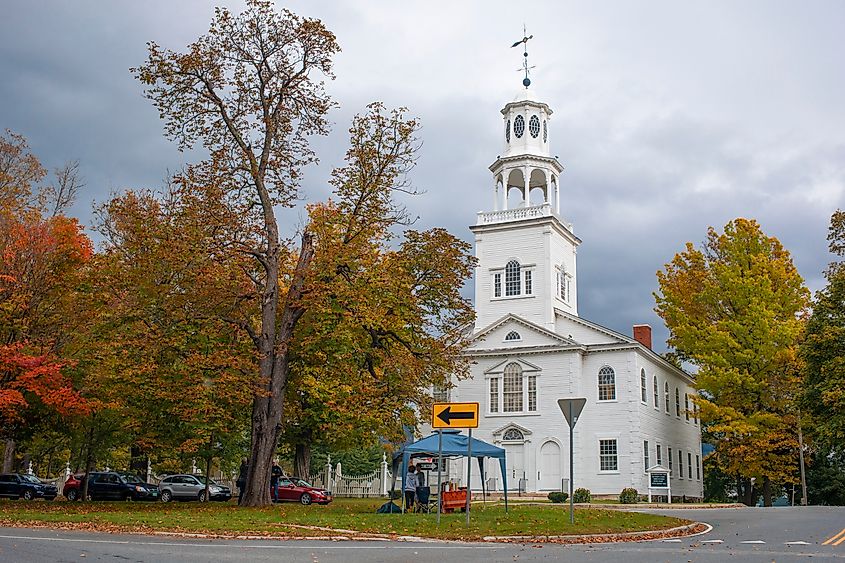
Old Bennington isn’t just any historic town. It was the first one chartered in the Vermont region, way back in 1749. Now, the entire village is listed as a historic district on the National Register of Historic Places and is cherished for reflecting early American history and architecture. And so, in the present day, Old Bennington has kept this charm and 18th-century elegance. People come to visit the large collection of heritage places in town, like the First Congregational Church, also called the Old First Church, built in 1805. Over at the church's cemetery, famous American poet Robert Frost is buried in its grounds.
The town was also an important location during the American Revolution, and the Catamount Tavern was a base for the Green Mountain Boys, where leaders like Ethan Allen thought up important military plans. Be sure to see the Bennington Battle Monument, which honours the 1777 battle fought by what is now the Old Bennington area. It stands tall at 306 feet, the highest man-made structure in the state.
Woodstock
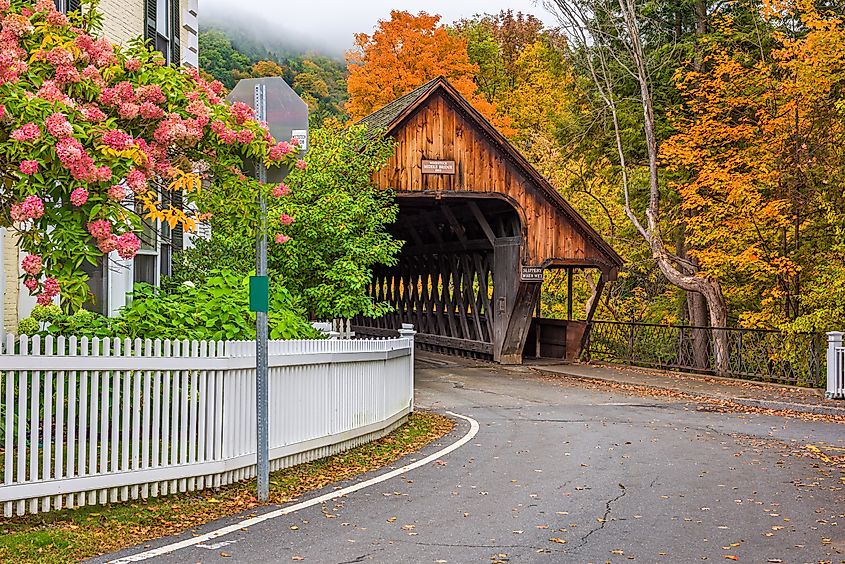
Woodstock is a town full of history and interesting stories from the past. Kickstart your trip at the Marsh-Billings-Rockefeller National Historical Park. Here, you can tour a mansion that shows the history of forest and land conservation in the United States. After that, go to Billings Farm and Museum. It has displays and you can see what farm life was like in the 1800s. Or visit the Woodstock History Center in the Dana House, which gives visitors insight into local life from the past with period displays.
Also, stop by Middle Covered Bridge downtown, as this historic wooden bridge is perfect for taking pictures or going for a walk. Close by, there's the Green, a cool old town square with buildings from the 1800s all around it. The Norman Williams Public Library is another notable place to see. It has impressive Romanesque Revival architecture and holds local historical archives. After exploring, rent a bike from Woodstock Sports and ride the scenic Ottauquechee River Trail. Then, grab a maple creme at Woodstock Scoops to end your day on a sweet note.
Dorset
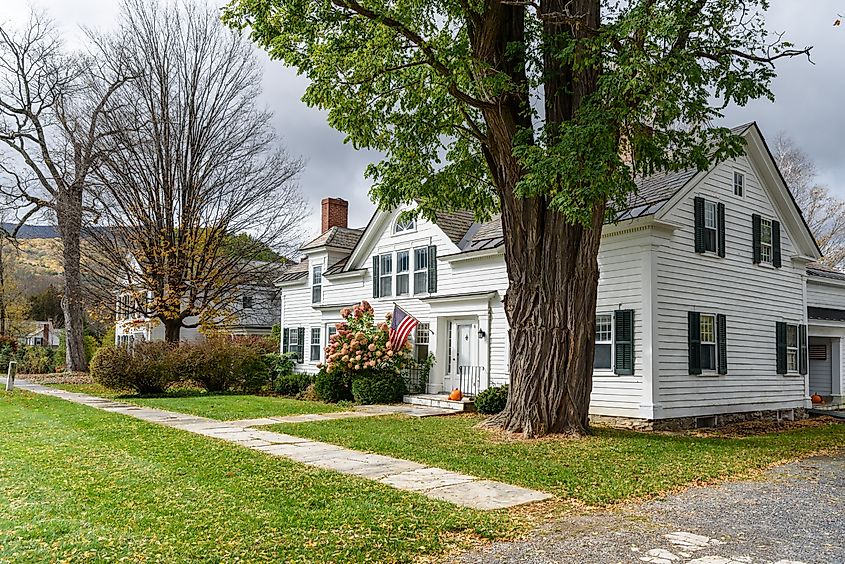
Want to visit a place where history still feels alive? Try your hand here in Dorset. First, the Dorset Quarry is a great place to begin, known as the country's first marble quarry. Before, people used it for big building projects. Now, they use it for swimming with its clear water and high stone walls.
From there, head to the Dorset Playhouse, a small but active theater that started in the 1920s and still hosts performances every summer. If you enjoy walking and experiencing your history first-hand, the Dorset Village Historic District is a must-see. This place preserved homes and structures maintained since the late 1700s and early 1800s.
Pop into the Dorset Union Store when you are in town. It continues to serve hot food, daily essentials, and a space where locals and visitors feel at home. Also, make time to explore the Wilson House, the birthplace of Bill Wilson. People know him as the co-founder of Alcoholics Anonymous and the location is a silent spot for contemplation and is steeped in the town's history.
Grafton
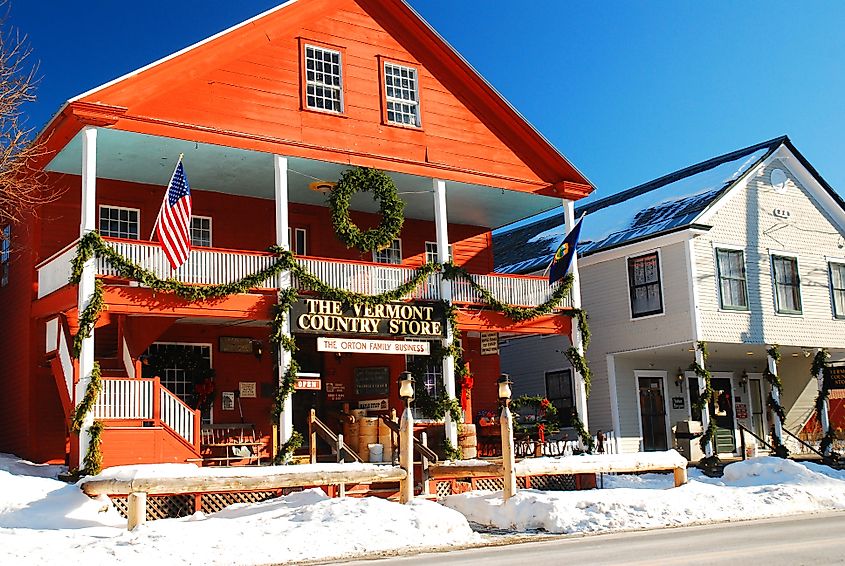
Grafton is a quiet town with a lot to see and learn. If you are visiting, start with the Grafton Historical Society, which offers old photographs, written records, and everyday tools that show how people lived and worked in years past. The staff is helpful and often ready to share stories or answer questions. Not far from there is the Grafton Village Cheese Company. Visitors can watch the cheese-making process, and then afterward, you can try different cheeses and talk with the people behind the counter. It is a simple stop but a memorable one.
The Nature Museum is also well worth a visit. It has exhibits showcasing local wildlife and the natural landscape around Grafton. Though small, this place is sure to intrigue both kids and grown-ups. Fancy a walk? Ask the museum about local trails or guided hikes to nearby beaver habitats, where you might spot lodges and gnawed branches along the shoreline. One of the options you can take includes the Turner Hill Wildlife Management Area, just outside town.
Chester
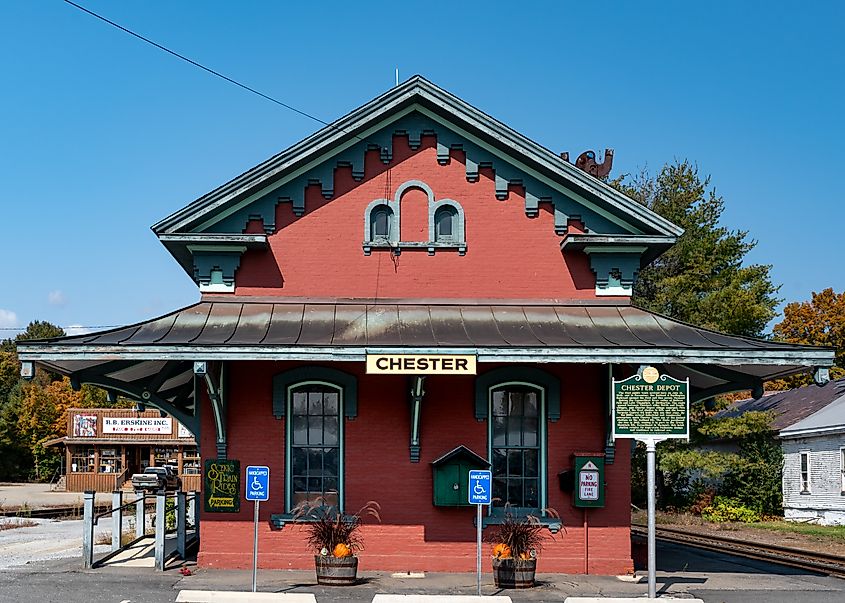
As the 19th century unfolded and the country quickly progressed, trains brought fresh energy to Chester, but many of its old structures from when the trains started running still stand today. The Stone Village, made from granite taken from nearby quarries, is a row of houses constructed in the 1830s by masons from Scotland and Ireland. Each house has its own unique shape and detail and together, they create a quiet line of homes with a distinct rustic feel.
The Chester Depot area is another part of town shaped by the railroad. The old brick station now holds a shop with used books, records, and other vintage treasures. The Fullerton Inn is just across the street. It stands on a spot where there was an older hotel from the 1840s burnt down. Today, it still welcomes guests for meals or overnight stays. Step inside to see wide floorboards and thick beams that reflect its early 20th-century charm without trying to hide its age.
Jericho
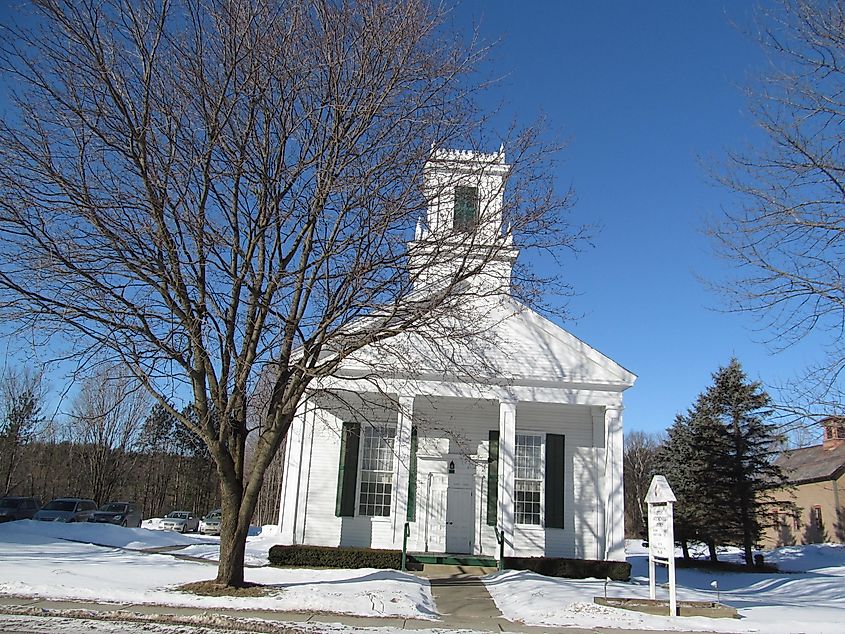
Jericho is a town that grew by Brown’s River as long ago, mills there used the river to power the town's economy. In the 1800s, Jericho was full of sawmills, farms, and workshops. These places helped make the town look like it does today. One old place, the Old Red Mill, is still standing near the town's center. These days, it is a small museum with displays about local life and the people who lived here. The building is tall, weathered, square-backed, red-painted and wood-framed. Inside, you will find exhibits on Wilson “Snowflake” Bentley, the first person to photograph snowflakes, using a setup he built himself. His snowflake images are still shown in town and are part of Jericho’s local pride.
Not far from the mill is the Jericho Center Country Store. This place has been around since the 19th century, and remains a great spot for eating and talking with each other. There's a green area in front of the store where small gatherings happen, making it a nice spot to hang out. To wrap up your visit, head to Mills Riverside Park. The open meadow offers a wide view of Mount Mansfield and a clear place to spot deer, hawks, and the changing weather.
St. Johnsbury
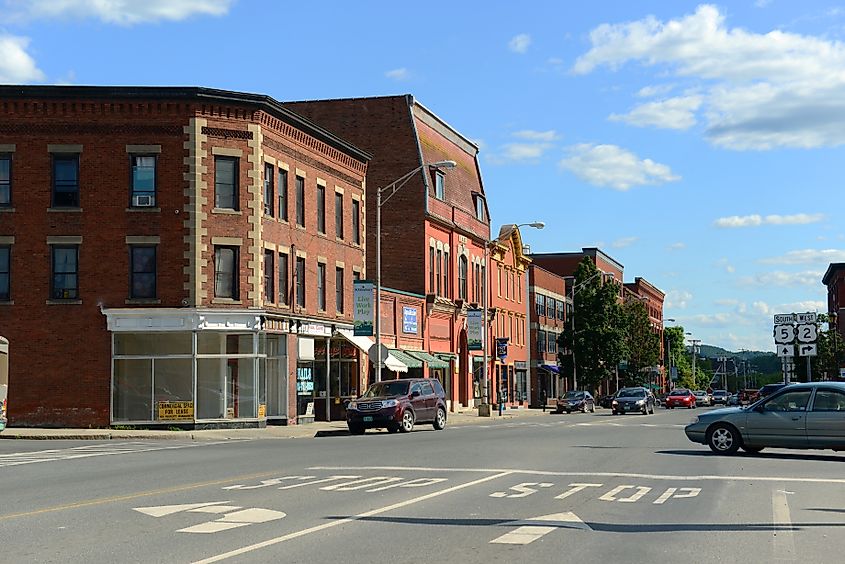
This town once grew rapidly on the backs of railroads, trade, and industry, and signs of that growth still shape its character. Brick buildings stretch along the main roads, most built in the late 19th century during a time of steady business and expansion. Some were made for printing, others for dry goods or banking. Many of them are still around, making the place feel strong and grounded.
The Fairbanks Museum is great for learning about local history. It shows natural history, old science, and life in the area, all in a big brick building from 1891. Not far from there is the St. Johnsbury Athenaeum. This public library and gallery features tall shelves filled with books and large paintings that draw your eye. The space is quiet and calm, designed for reading and reflection. If you want to take a step outside, make time for Dog Mountain. The open field and small chapel offer space to sit, breathe, and take in the wide view.
Even after all these years, Vermont is full of towns where the past speaks and thrives. In Bennington, a tall stone marks a key fight for freedom. In Woodstock, farms and bridges show old ways of life. Dorset’s marble quarry echoes with work once done by hand. Vermont's hidden historical towns are not places to rush through. These are spots where you can take it easy and soak in what has lasted over time. So, why wait? Come walk the roads where history still lives.

